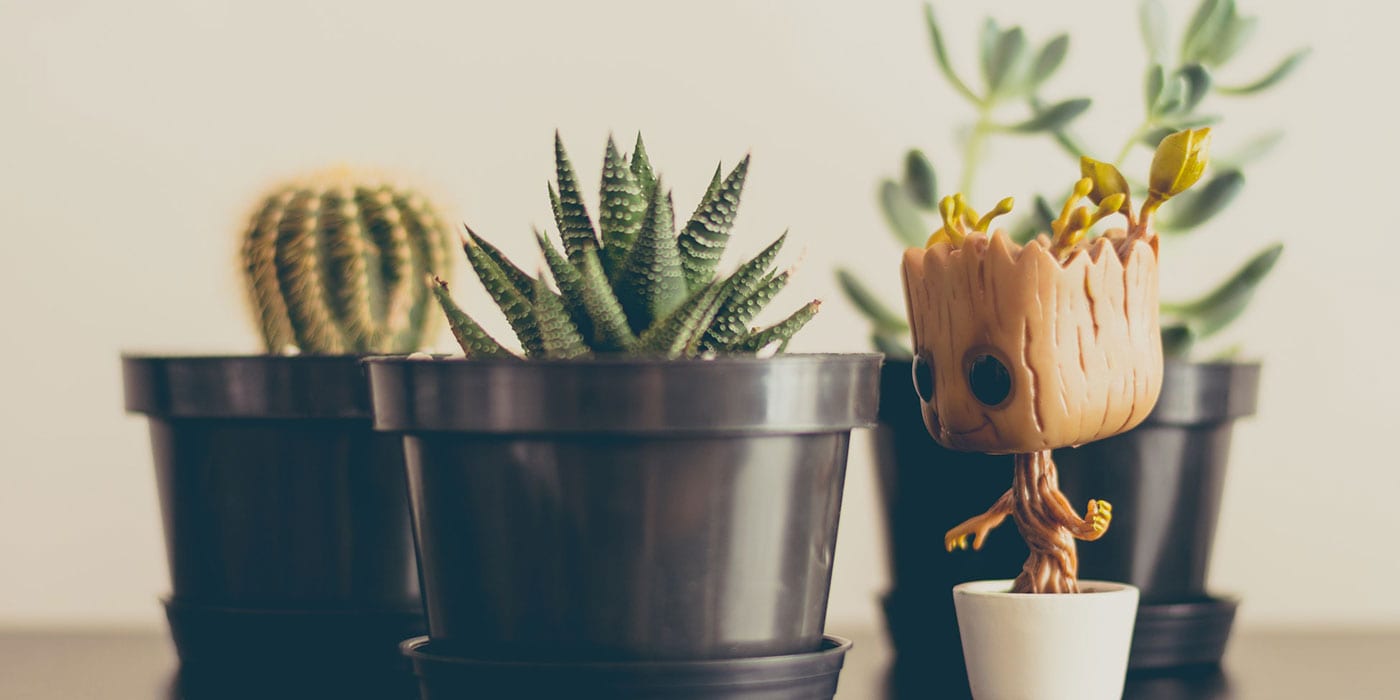This is a great guide to planting succulents! Here are some minor additions and clarifications to make it even better:
Materials Needed:
Succulent: Choose a healthy succulent from a nursery or propagate from a cutting.
Pot: Select a pot with drainage holes to prevent root rot. The pot should be slightly larger than the succulent’s root ball.
Consider pot material: Terracotta pots are often recommended as they allow excess moisture to evaporate.
Potting Mix: Use a well-draining cactus and succulent mix. Avoid regular potting soil, as it retains too much moisture.
Optional:
Small rocks or gravel for drainage.
Rooting hormone (for cuttings).
Gloves (optional, to protect your hands from thorns).
Steps to Plant a Succulent:

Prepare the Pot:
Drainage Layer (Optional): Place a layer of small rocks or gravel in the bottom of the pot to improve drainage. This is optional but can be helpful.
Fill with Potting Mix: Fill the pot about halfway with the cactus and succulent mix.
Plant the Succulent:
Remove from Original Pot (if applicable): Gently remove the succulent from its original container.
Loosen Roots (if applicable): Gently loosen the roots to encourage new growth. This is especially important if the succulent was root-bound in its previous container.
Center in Pot: Place the succulent in the center of the pot.
Add More Potting Mix: Fill in around the roots with the remaining potting mix, ensuring the base of the succulent is slightly above the soil level.
Firm Gently: Gently press down on the soil to secure the succulent.
Water (Lightly):
Water thoroughly: Water the newly planted succulent thoroughly until excess water drains from the bottom of the pot.
Allow to Dry: Allow the soil to dry completely before watering again. Succulents prefer to be slightly dry between waterings.
Provide Proper Care:
Sunlight: Place your succulent in a location with bright, indirect sunlight. Some succulents can tolerate direct sunlight, but it’s best to start with indirect light and gradually increase exposure.
Observe: Pay close attention to your specific succulent, as light requirements can vary.
Watering:
Finger Test: Insert your finger about an inch into the soil. If it feels dry, it’s time to water.
Water deeply and infrequently. Allow the soil to dry out completely between waterings.
Avoid overwatering. This is the most common cause of succulent death.
Temperature: Most succulents prefer warm temperatures. Avoid exposing them to extreme cold or heat.
Fertilizing: Fertilize lightly during the growing season (spring and summer) with a balanced, diluted fertilizer specifically formulated for cacti and succulents.
Caring for Succulents: Essential Tips for Growth
Sunlight: As mentioned above, observe your specific succulent’s light preferences. Some may thrive in full sun, while others prefer partial shade.
Watering: The “finger test” is the most reliable way to determine when to water. Avoid watering on a set schedule, as watering needs will vary depending on factors like temperature, humidity, and pot size.
Temperature: Protect your succulents from extreme temperatures. Avoid placing them near drafts or heating vents.
Fertilizing: Over-fertilizing can harm succulents. Use a diluted fertilizer and only fertilize during the growing season.
Tips for Success:
Choose the Right Pot: Terracotta pots are good for succulents because they allow excess moisture to evaporate. However, plastic pots can also be used.
Use Well-Draining Soil: A cactus and succulent mix is essential for preventing root rot.
Don’t Overwater: Succulents are drought-tolerant and can easily rot if overwatered.
Provide Adequate Sunlight: Most succulents require at least 4-6 hours of sunlight daily.
By following these steps and providing proper care, you can successfully plant and grow healthy succulents.

